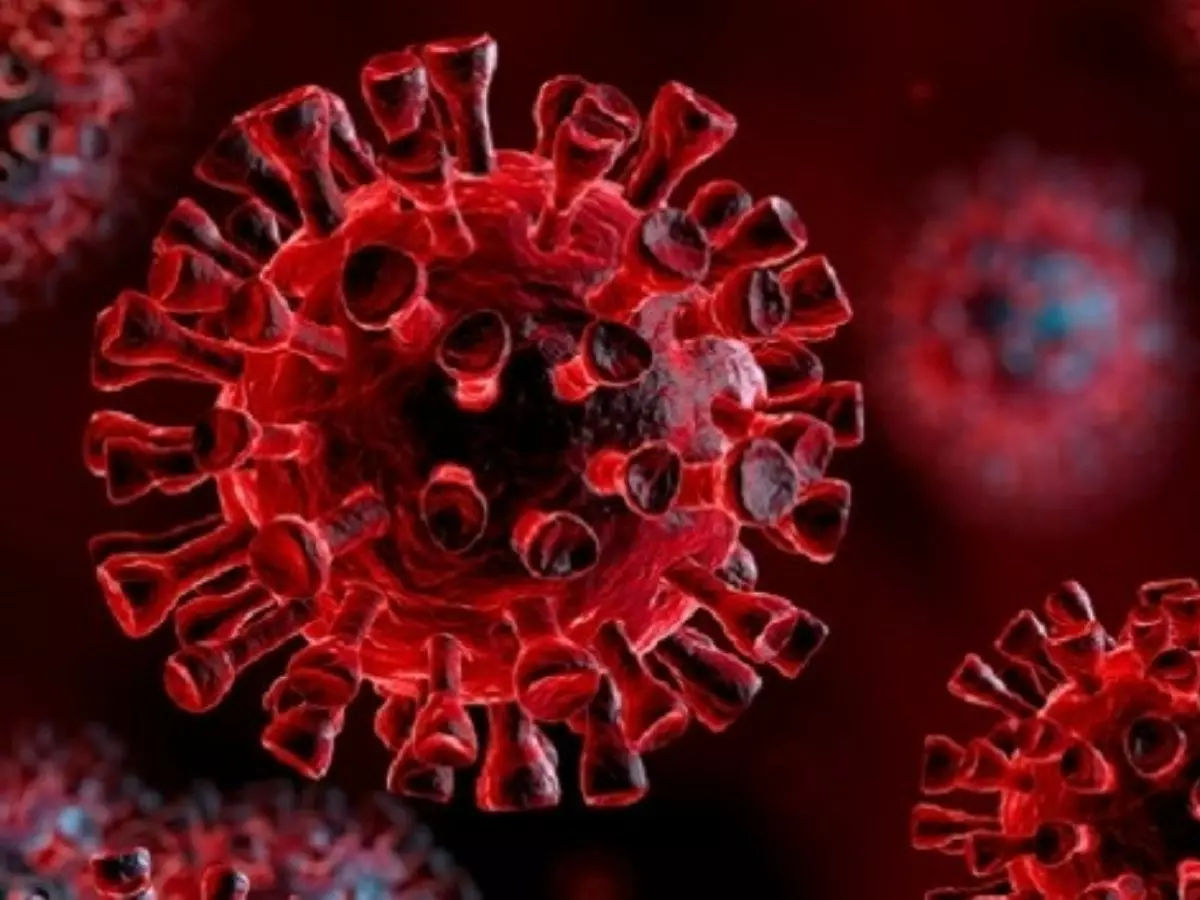Harvard Epidemiologist Reveals How To Prepare Against New COVID-19 Strains
What this new strain means for us and what should be our next step going forward.

This year has been truly chaotic due to the novel coronavirus. We¡¯ve spent our entire year in the wait of getting our hands on a vaccine that tamed COVID-19. And when we did see vaccines to roll out to the masses, we also saw the introduction of a new mutation of the coronavirus that spreads on a much faster pace.
 Harvard/ Getty Images
Harvard/ Getty Images
This new strain of the novel coronavirus has managed to create quite a stir among people. However, recently I stumbled upon a thread on Twitter by Michael Mina -- Epidemiologist, Immunologist, Physician at Harvard Public Health/Medical School, who tried to explain what this new strain means for us and what should be our next step going forward.
Current vaccines
Michael explained how we have so many vaccines in the market now, but all of them eventually work in a similar manner, ¡°The leading vaccines are each similar. Different vehicles, but each ultimately display a similar Spike protein of SARS-CoV-2. The combined vaccine programs are fairly narrow in scope and each provides the immune system with a limited set of epitope targets to work with.¡±
He revealed that thee vaccines are now being offered to people at a time when the infections continue to rise at an exponential rate. This, according to him, increases the chances of mutations of the COVID-19 to occur that would eventually find a way to evade the immunity developed by the virus.
He also revealed that since the vaccines that have been developed are not very different from each other, if the virus manages to evade one of them, they can evade them all. Thus he called out a need for a contingency plan to prevent this from happening.
 Reuters
Reuters
Need for being prepared
Michael revealed that SARS CoV-2 is a novel coronavirus and there are several mysteries of the novel coronavirus that we¡¯re yet to figure out. So presuming that it won¡¯t evolve into something more advanced would be naive.
He explains, ¡°First, we should NOT ignore it or assume it's years away. It could be years, months, could be now. We just don't know. Even if the risk is low, the consequences of immune escape are so immense that it must be top of mind.¡±
He revealed that if we were to ignore this and SARS CoV-2 manages to escape vaccine immunity and reinfect people, it won¡¯t just be affecting the lives of people but also businesses and economies in a much more drastic way than the current pandemic did.
Contingency plans
Michael revealed how in the initial phases of the pandemic, scientists were primarily concerned about developing a vaccine as soon as possible which is extremely effective against the novel coronavirus. And in this process, they didn¡¯t factor in for futureproofing -- basically making the vaccine that can take down future mutations of the virus too.
For this, he feels we should be ready. He explains that the vaccines should be tweaked at intervals, whenever they come across a new strain or mutation, ¡°A major benefit of the mRNA vaccines is they can be reprogrammed quite speedily, allowing new vaccines that target variant strains to be developed quickly. But, should escape occur, it could mean already vaccinated people would potentially need re-vaccinations.¡±
 Reuters
Reuters
Diversification of vaccines
One of the first things Michael suggested was a broader variety of in the kinds of vaccines, ¡°We should be thinking about diversifying our vaccines. Live attenuated vaccines, multiple protein/peptide vaccines, killed virus vaccines. Many are underway.¡±
He also spoke about the speeding of the current vaccines, ¡°Given that the new variants have not yet escaped immunity but appear more transmissible, we might consider how we can speed up the vaccines we do have now, as we have discussed. We should start single-dose trials today.¡±
Scaling up testing
Another major move, according to Michael, will be to scale up RT-PCR testing at home, schools or offices, These will help slow spread and will not be hindered by mutations that drive immune escape. Plus, we can adapt new tests if/as needed and move forward.
 Reuters
Reuters
He added, ¡°If distributed to every home, rapid tests can have a profound effect on virus spread, slowing transmission and dropping R << 1 in weeks. They can be made in huge numbers. We must build the capacity to make these tests today.¡±
